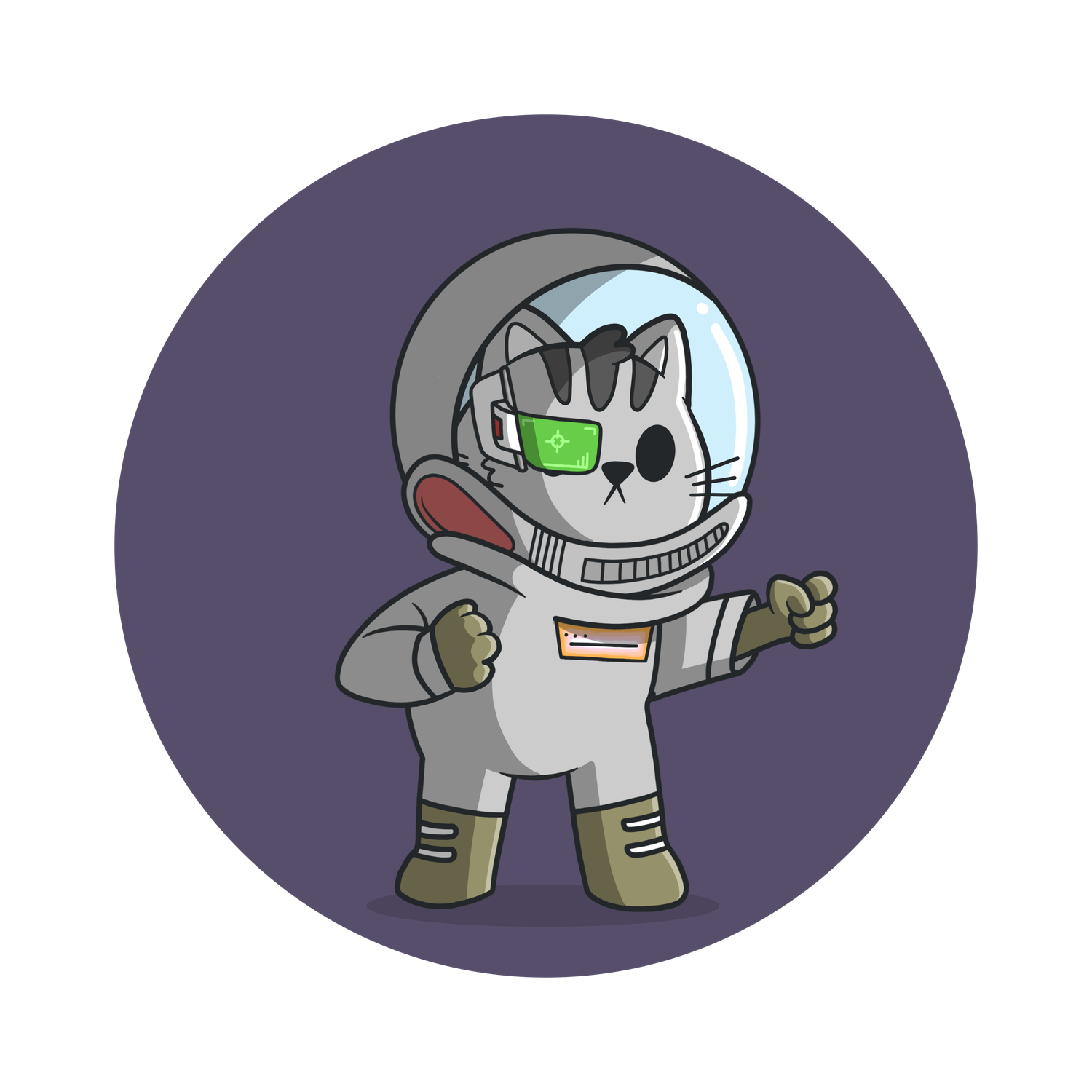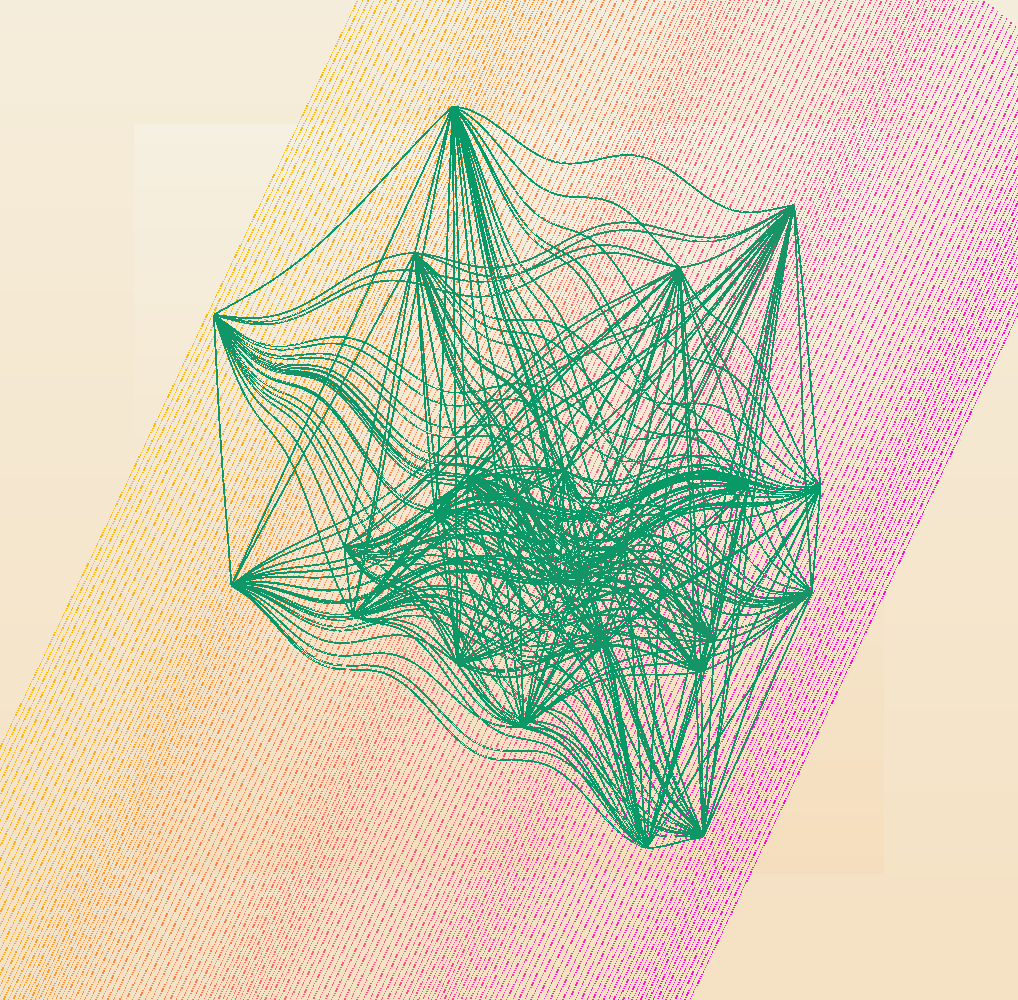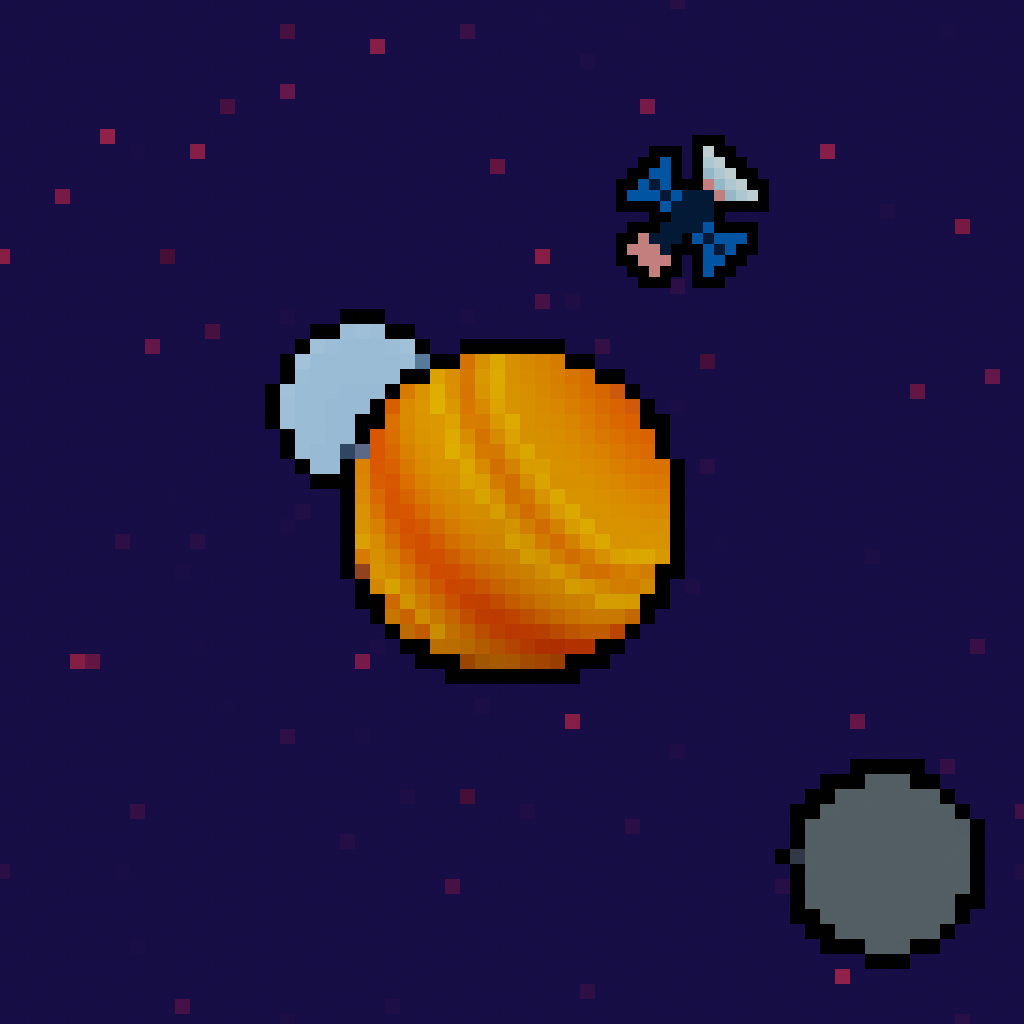Non Fungible Tokens (NFTs)
Immutable Art
Non-fungible Tokens (NFTs) are synonymous with art on the blockchain. Non-fungible means it has unique properties so it cannot be interchanged with something else, like the Mona Lisa. Except these digital pieces of art are tied to digital tokens on a blockchain. The tokens (NFTs) can be thought of as certificates of ownership for the asset (art).
NFTs have value because they are unique, immutable art on the blockchain. NFTs are collectable items and can be traded on exchanges. Some NFTs sell for millions of dollars worth of crypto. If you are wondering, "What's the point?" you aren't alone. Some see NFTs are silly. However, they are an innovative use of blockchain technology to tokenize information. They are also a way to democratize art and provide artists with new opportunities and visibility for their work. Some people buy NFTs to collect the artwork. Others see it as in investment. NFTs can power on-chain games, music, videos, replace legal documents like house titles, and streamline supply chains. In theory, any physical asset can have an immutable, verifiable, digital counterpart. NFTs are increasingly delivering real world benefits like our NFTs that combine original art with carbon credits to fight climate change. Here you can learn about some of the technologies underpinning NFTs, how to buy, invest in, and sell NFTs.
It's useful to understand the different types of NFTs from a technical standpoint. Since the NFT space is evolving rapidly and on different blockchains, we'll focus on some of the big categories. Here's an example - the image below is an on-chain fully coded interactive NFT. Use your fingers to mouse to rotate, zoom, and move the NFT around.
NFT Technology
NFT technology is moving rapidly. You won't find a debate about ERC token types here. We'll focus on the aspects that matter most. If you are going to buy, keep, or sell and NFT, knowing where the actual information of the NFT is and why it matters is critical.
Fully Coded On-chain
As with the NFT above, all the code that defines the NFT directly below is in the token metadata (code). Meaning it is all in one place on a single blockchain. The benefit of having all the code on-chain is a simplified NFT framework. However, there are some drawbacks to consider. First, putting a lot of code into a token on a blockchain takes a lot of space and creates an expensive contract. On the Ethereum blockchain that can mean paying a lot in gas (blockchain fees associated with creating, executing, and transferring the token). Small files, like bit art and generative art lend themselves to this type of NFT technology because the code can be compact and rely on a web browser to decode and display the art. The challenge for the artist is to keep the file size as small as possible. This adds another layer of scarcity - space in the blockchain. Here is another example of a fully coded on-chain NFT minted at ArtBlocks.

Partially Coded On-chain
The majority of NFTs put references to external storage in the token's metadata. This allows the NFT token on one blockchain to reference the image data in another location designed to store larger amounts of information. You may have noticed that the first NFT on this webpage took a while to load. That is because your web browser was reading the NFT code and generated the image on your machine. While partially coded on-chain NFTs rely on an intermediary technology, it is not your web browser. Most often high quality NFTs of this type use the IPFS (InterPlanetary File System) to store the data (image file). IPFS is a robust, distributed data storage framework that works perfectly with blockchain tokens. In fact, it is backed by a blockchain, filecoin, to ensure IPFS can be relied on for immutability. The image below is an NFT token on the Ethereum blockchain with metadata that point to the image stored on IPFS.

NFT Blockchains
Most smart blockchains can make NFT tokens. However, two in particular warrant a closer look: Ethereum and Cardano. If you read the Computing Blockchains section, you already know the basics of these two blockchains. Ethereum is by far the most widely used blockchain for making, selling, and keeping NFTs. It is also the most expensive. Cardano is trying to catch up to Ethereum in the NFT space. It is much less expensive and faster for most aspects of NFTs compared to Ethereum. However, it is not as feature rich or have nearly the marketplace exposure as Ethereum - yet. There are other NFT blockchains like Solana, Theta, Enjin, Binance, and others entering this space. It is a quickly evolving landscape with disparate opinions on which blockchain is 'best' for NFTs. There's a strong case for Ethereum and Cardano because they both support smart contracts (NFTs) and they are second and third largest blockchains, respective, behind Bitcoin, which is not a computing blockchain. Here is a SpaceBudz NFT on the Cardano blockchain:

Investing
Non-fungible Tokens (NFTs) are synonymous with art on the blockchain. Non-fungible means it has unique properties so it cannot be interchanged with something else, like the Mona Lisa. Except these digital pieces of art are tied to digital tokens on a blockchain. The tokens (NFTs) can be thought of as certificates of ownership for the asset (art). A common questions people ask about the value of NFTs is, "Why would I spend money on something I can have for free?" It's true that all the art NFTs are available to anyone. Immutable Computer owns all the NFTs on this page except for the Bored Ape - that last sold for 88 ETH. Yet the image is just that same for someone spending $0 as the current owner who spent over $300,000. Why pay the money? Because anyone can see the art, but there's only one owner. Just like you could print out a high resolution image of the Mona Lisa, and hang it on your wall. It isn't the Mona Lisa. As an owner, you can keep or sell your NFT. There are buyers. A good NFT investment can be very profitable.
Buying
 NFTs are bought with cryptocurrency. If you don't have any crypto, it is easy to convert fiat money (cash) to crypto at exchanges such as Coinbase. Next you need to find the NFT you want to buy. Two big marketplaces (and good places to start) are OpenSea and Rarible. You will need Metamask to make the transaction when you want to buy. Once you have Metamask set up securely, transfer enough crypto (ETH in this example) to your Metamask wallet to make your NFT purchase. Then follow a how to guide for purchasing the NFT. There are resources on OpenSea or Rarible, plus many others via web search. Once you purchase your NFT, it will be your token and visible in your Metamask wallet as such. As long as you own that wallet, the NFT is yours. So protect your wallet! You can buy and keep as many NFTs as you want with a single wallet address. The NFT in the upper left (LeWitt Generator) was purchased on OpenSea in this manner.
NFTs are bought with cryptocurrency. If you don't have any crypto, it is easy to convert fiat money (cash) to crypto at exchanges such as Coinbase. Next you need to find the NFT you want to buy. Two big marketplaces (and good places to start) are OpenSea and Rarible. You will need Metamask to make the transaction when you want to buy. Once you have Metamask set up securely, transfer enough crypto (ETH in this example) to your Metamask wallet to make your NFT purchase. Then follow a how to guide for purchasing the NFT. There are resources on OpenSea or Rarible, plus many others via web search. Once you purchase your NFT, it will be your token and visible in your Metamask wallet as such. As long as you own that wallet, the NFT is yours. So protect your wallet! You can buy and keep as many NFTs as you want with a single wallet address. The NFT in the upper left (LeWitt Generator) was purchased on OpenSea in this manner.
These are the basic steps for buying an NFT from a marketplace. There are other ways to get an NFT. You can make one yourself, buy directly from the artist, buy one at a conventional auction house, or trade them on platforms like Discord. There are also other wallets you can use. If you are going to spend a lot of money (crypto) on NFTs, you should use a physical wallet like Ledger or Trezor. For just starting off in the NFT space, keep it simple and grow from there to being an NFT mogul.
Selling
If you want to sell an NFT you have to have made or bought one. If you made one, then you need people to know about it. Unless you are Gronkowski or a well known artist, it will take effort. Obviously you have make something people want to buy and then get the word out. Discord channels, twitter, websites, word of mouth, are all viable routes. If you bought an NFT to sell there are various strategies to consider. First, understand that the IRS will want it's share. Word to the wise, don't try to cheat the IRS. These are public blockchains. There are two basic plays with NFT sales. You can either flip it fast and ride a particular NFT's momentum to make money, or hold it for 12 months before you sell it to pay just long-term capital gains. Use a platform like OpenSea or Rarible to make your NFT available to the public. While those platforms support other blockchains,  Ethereum is the 800 pound gorilla in computing blockchains. It broke the mold and went far beyond just storing and transporting value. Most NFTs are on Ethereum.
Ethereum is the 800 pound gorilla in computing blockchains. It broke the mold and went far beyond just storing and transporting value. Most NFTs are on Ethereum.
NFTs that Fight Climate Change
NFTs on the Ethereum blockchain are criticized for contributing to climate change for good reason. This year alone more than 36 million tons of CO2 will be emitted to keep Ethereum operating. That's more CO2 than burning 3 and half billion gallons of gasoline. Until Ethereum switches to the low power consuming Proof of Stake platform, it will be responsible for a lot of greenhouse gas emissions. Even then there is a huge historic carbon footprint this amazing blockchain is responsible for. Let's start erasing that carbon footprint.
NCNFTs are art that fights climate change on a computing blockchain. Learn more about them.
If you want to learn more about NFTs in general, start your deep with the OpenSea NFT Bible.